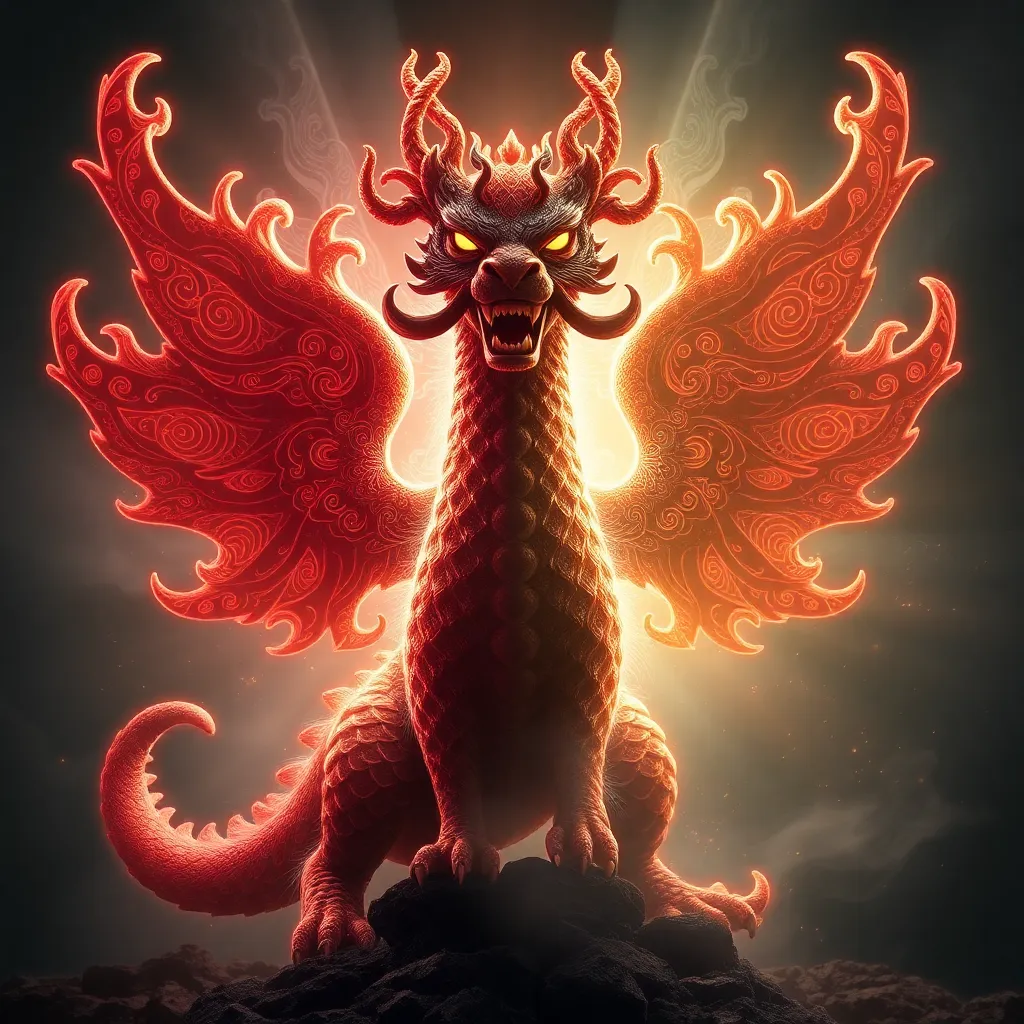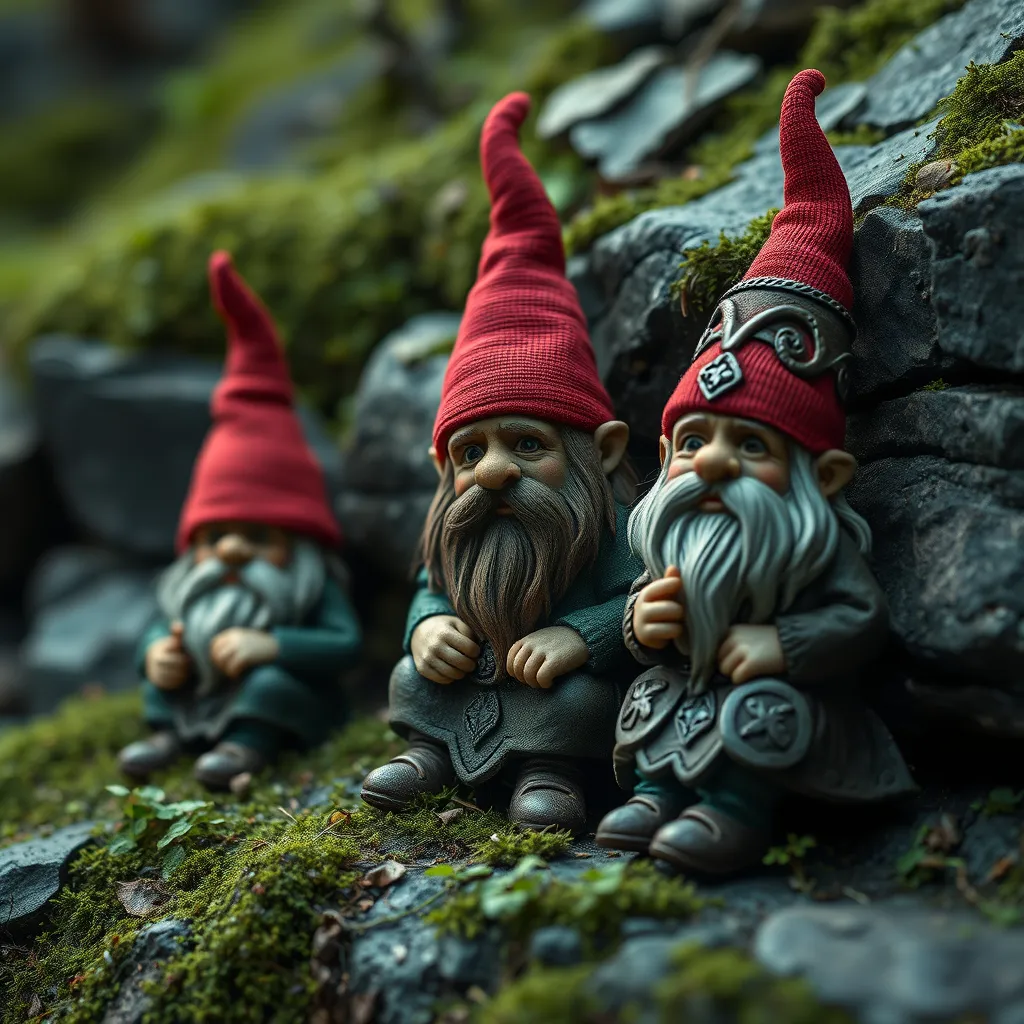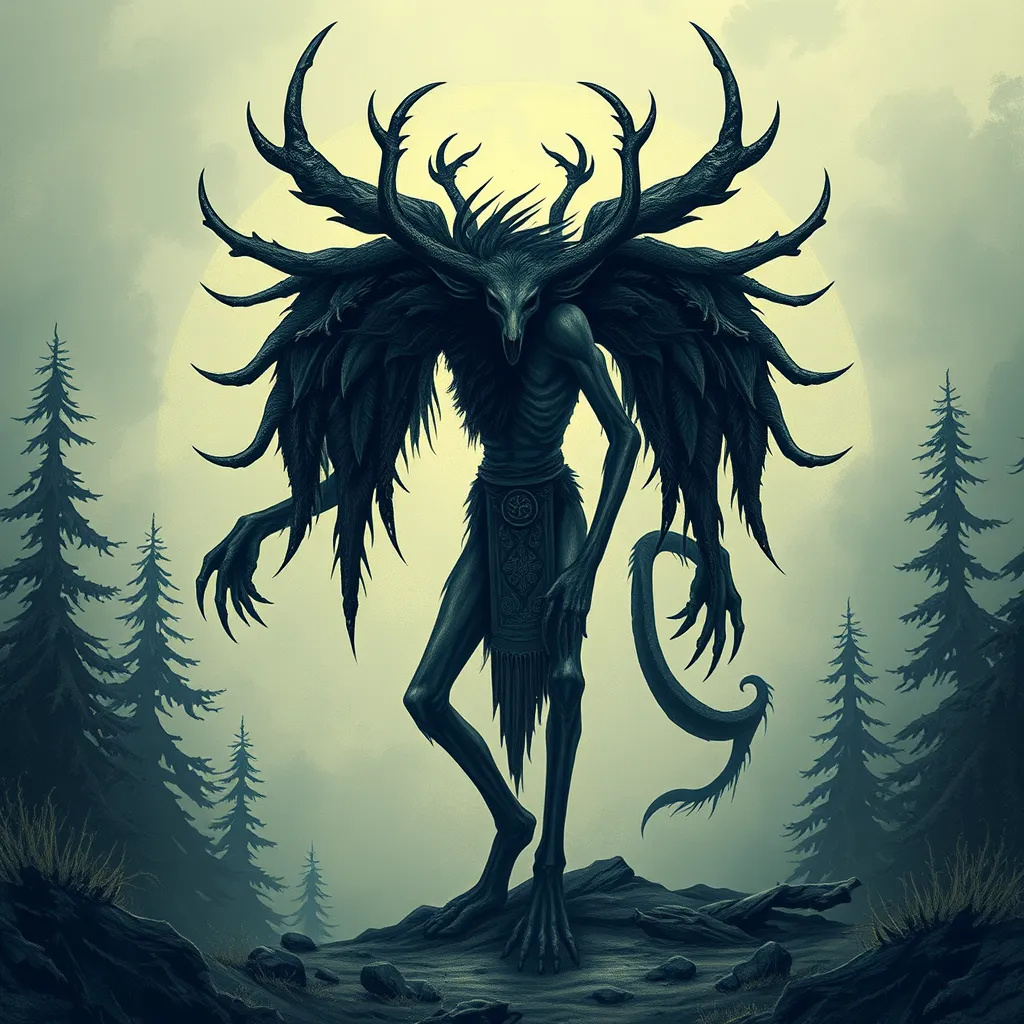The Baku’s Transformation: From Dream Eater to Symbol of Good Fortune
Introduction
The Baku is a fascinating creature rooted deeply in Japanese folklore, known primarily for its unique ability to consume nightmares. Initially portrayed as a dream eater, the Baku played a significant role in the cultural psyche of Japan and other Asian societies. Its symbolism has evolved over the centuries, transitioning from a being feared by those plagued by bad dreams to a cherished symbol of good fortune and protection. This article aims to explore the Baku’s evolution and the rich tapestry of meanings it has acquired throughout history.
Origins of the Baku: The Dream Eater
The origins of the Baku can be traced back to ancient China, where it was believed to be a mystical being that could devour dreams. The concept of the Baku found its way to Japan, where it became an integral part of the folklore. In these cultures, the Baku was revered for its ability to protect individuals from nightmares, often depicted as a creature that would come to assist those suffering from bad dreams.
In traditional practices, people would create talismans featuring the Baku, placing them under pillows or in bedrooms to ward off nightmares. Rituals were also conducted to invoke the Baku’s protective powers, showcasing the deep-rooted belief in its abilities. These practices illustrated the importance of the Baku as a safeguard against the mental distress caused by nightmares.
The Baku’s Physical Characteristics and Mythology
The Baku is often described as having a unique and eclectic appearance, combining the features of various animals. It typically possesses:
- An elephant-like body.
- Tiger limbs.
- A snout resembling that of a rhinoceros.
- Eyes similar to those of a cow.
- A back covered with a layer of fur or scales.
This peculiar blend of characteristics makes the Baku a standout figure in mythology. Numerous legends recount tales of the Baku’s encounters with humans, often emphasizing its role as a protector against the dark forces of the night. Moreover, the Baku is sometimes associated with other mythical creatures, such as the “Shishi” (a lion-like guardian), which further enriches its place in Asian mythology.
Cultural Significance of the Baku in Traditional Japanese Society
In traditional Japanese society, the Baku held a significant cultural presence. It was portrayed in various forms of art, literature, and festivals. Artists often depicted the Baku in paintings, while poets incorporated it into their works, celebrating its protective qualities. During festivals, the Baku was honored through rituals and performances, showcasing its importance in communal life.
The perception of the Baku varied across different social classes and communities. For the common people, the Baku was a symbol of hope and protection, while among the elite, it was admired for its mystical qualities. Importantly, the Baku also played a role in addressing mental health and well-being; its association with the alleviation of nightmares provided comfort to those facing psychological struggles.
The Shift in Perception: From Nightmare Eater to Good Fortune Symbol
Over time, several factors contributed to the transformation of the Baku’s image from a nightmare eater to a symbol of good fortune. The spread of Buddhism and other philosophical teachings emphasized positivity and the power of intention, leading to a more favorable interpretation of the Baku.
In the modern era, the Baku has been reinterpreted and adapted in popular culture, often depicted as a whimsical and friendly creature rather than a fearsome dream eater. This shift can be observed in:
- Anime and manga, where the Baku often appears as a cute and helpful character.
- Video games, where it is frequently portrayed as a companion or ally.
- Merchandise, including plush toys and collectibles that emphasize its friendly nature.
This evolution reflects a broader societal change where symbols of protection are embraced for their positive attributes rather than their original, more intimidating roles.
The Baku in Contemporary Culture
In contemporary culture, the Baku has found a new lease on life. It appears in various modern media, embracing its role as a symbol of good fortune. Some notable representations include:
- Anime: The Baku is often featured in shows as a guardian spirit, bringing luck and happiness to characters.
- Video Games: Many games include the Baku as a collectible or ally, representing protection and positive energy.
- Arts and Crafts: The Baku inspires artists and crafters, resulting in unique interpretations in sculptures, paintings, and traditional crafts.
- Home Decor and Fashion: The Baku has become a popular motif in home decor and fashion, often used in designs that symbolize luck and prosperity.
This contemporary reimagining of the Baku reflects its adaptability and enduring appeal across generations.
The Baku’s Influence on Global Cultures
The symbolism of the Baku has spread beyond Japan and Asia, influencing various cultures around the globe. As globalization continues to blend cultural boundaries, the Baku has been embraced in different contexts. Examples of its international adaptations include:
- The Baku appearing in Western media, often as a mystical creature or symbol of luck.
- Incorporation of Baku designs in international art and fashion, showcasing its aesthetic appeal.
- Workshops and events that celebrate Asian folklore, where the Baku is featured prominently.
This global appreciation highlights the impact of cultural exchange and the evolving perception of symbols like the Baku.
Conclusion
The Baku’s transformation from a nightmare eater to a cherished symbol of good fortune encapsulates the dynamic nature of cultural symbols. From its ancient origins in folklore to its modern interpretations in media and art, the Baku’s journey reflects societal changes and the enduring power of mythology. As we continue to navigate a world rich in cultural symbols, the Baku serves as a reminder of the importance of evolving meanings and the connections that bind us across time and space.



